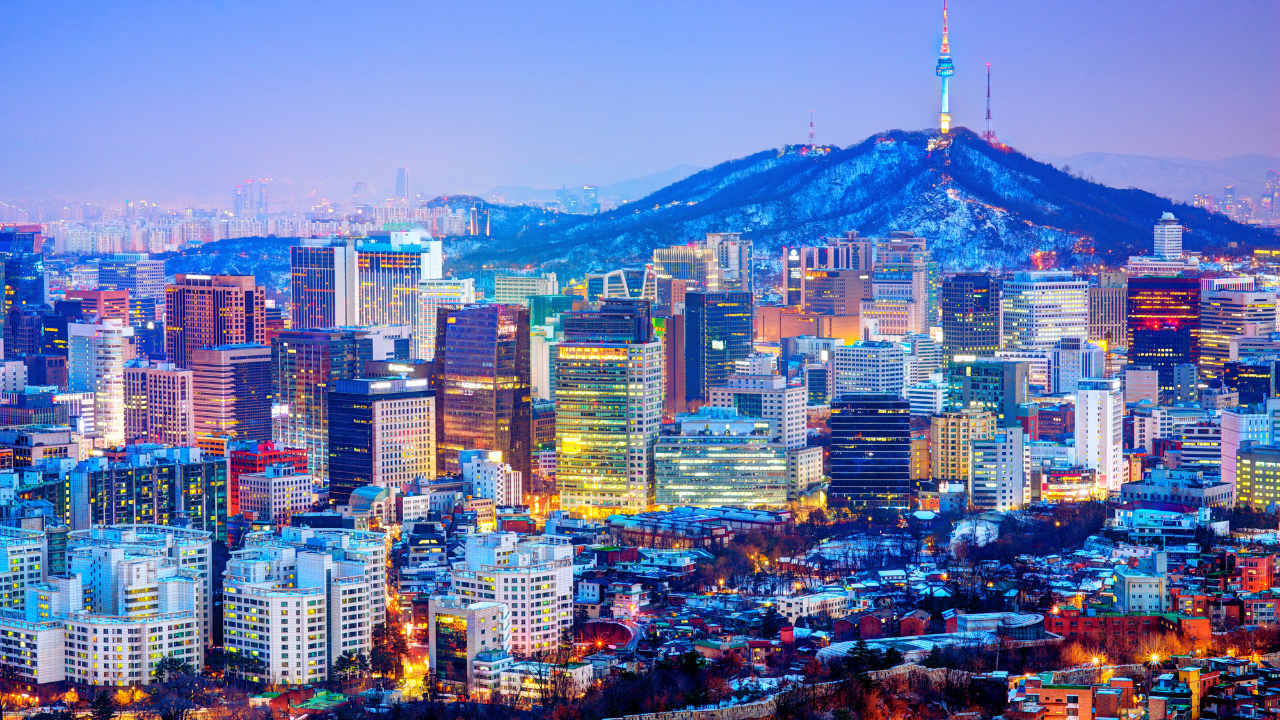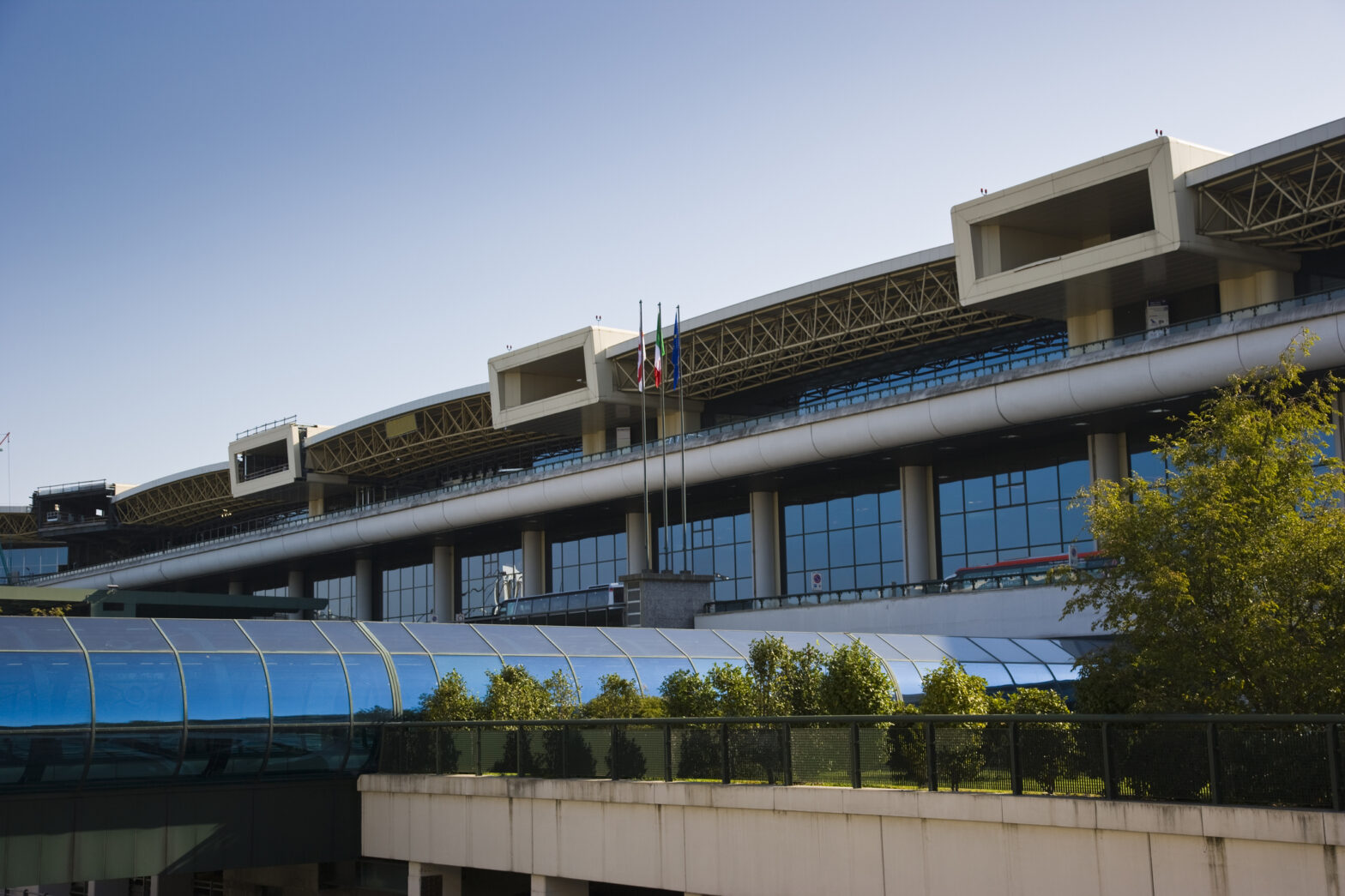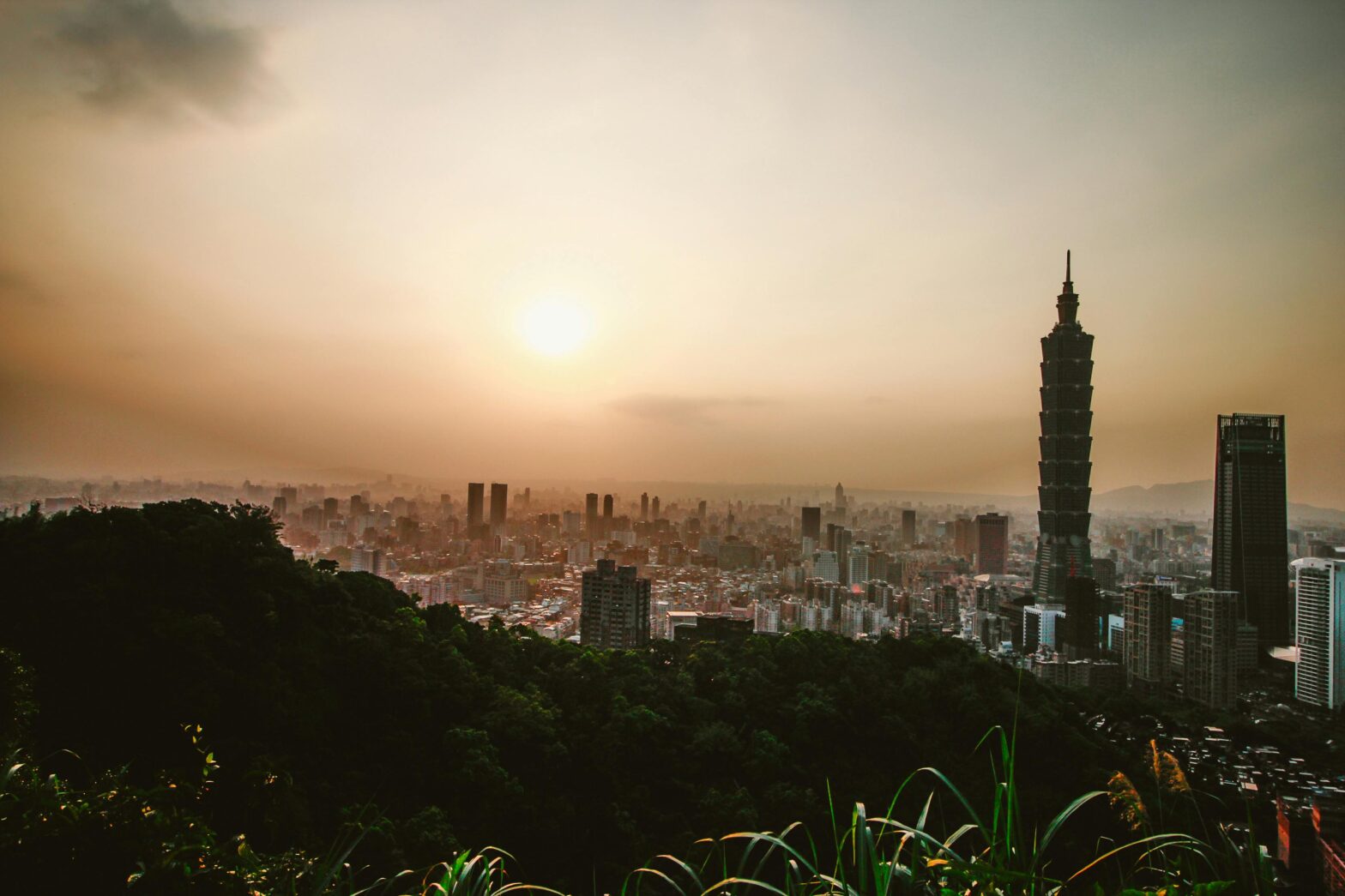Las Vegas, widely recognized as Sin City, stands in a class of its own. With a storied history and status as an iconic travel destination for over a century, the city is far more than its reputation for perpetual nightlife and risky behavior.
Las Vegas is a hub of historic landmarks and enduring attractions that continue to draw millions of visitors each year. Its relentless pursuit of the next big thing in entertainment has fueled groundbreaking developments, including a significant transformation — the demolition of the Tropicana, a prominent casino resort.
Why Was The Tropicana Las Vegas Demolished?
The Tropicana hotel, once a symbol of grandeur, opened its doors on April 3, 1957. Situated in a prime location on the famed Las Vegas Strip, the resort immediately set a new standard for luxury. At $15 million, it was the most expensive property built in Las Vegas at the time. During the 1960s and ’70s, its mob connections and celebrity clientele elevated the Tropicana to legendary status. However, despite the respect it garnered over the years, the resort ultimately became a relic of a bygone era.
Recognized as the last true mob-era casino in Las Vegas, the Tropicana was demolished on Wednesday after nearly 67 years. The resort officially ceased operations earlier this year in preparation for the controlled implosion. It closed on April 2, just two days shy of its 67th anniversary. In typical Las Vegas fashion, the demolition was turned into an event, complete with fireworks and drone displays. While the demolition has elicited feelings of nostalgia from locals and historians, it signals the start of a new chapter for the city.
The Future Of The Tropicana Site
On October 9, the Tropicana was cleared to make way for a new Major League Baseball stadium, a key component in the city’s ongoing expansion into sports entertainment. The stadium, which will feature 33,000 seats, will serve as the new home for the Oakland Athletics. The project, expected to cost approximately $1.5 billion, is a forward-thinking investment in Las Vegas’ bid to solidify its place as a top destination for sports fans.
Impact On Tourism
The demolition of the Tropicana should not deter visitors. Local authorities issued a brief air quality warning following the implosion, but no significant issues have been reported. While the Tropicana’s absence leaves a void in the city’s landscape, many locals are eager to welcome the new sports venue. Importantly, the Flamingo now remains the sole survivor of the mob-era hotels on the Strip. Travelers looking to experience a piece of Las Vegas history are advised to secure a stay there soon.





